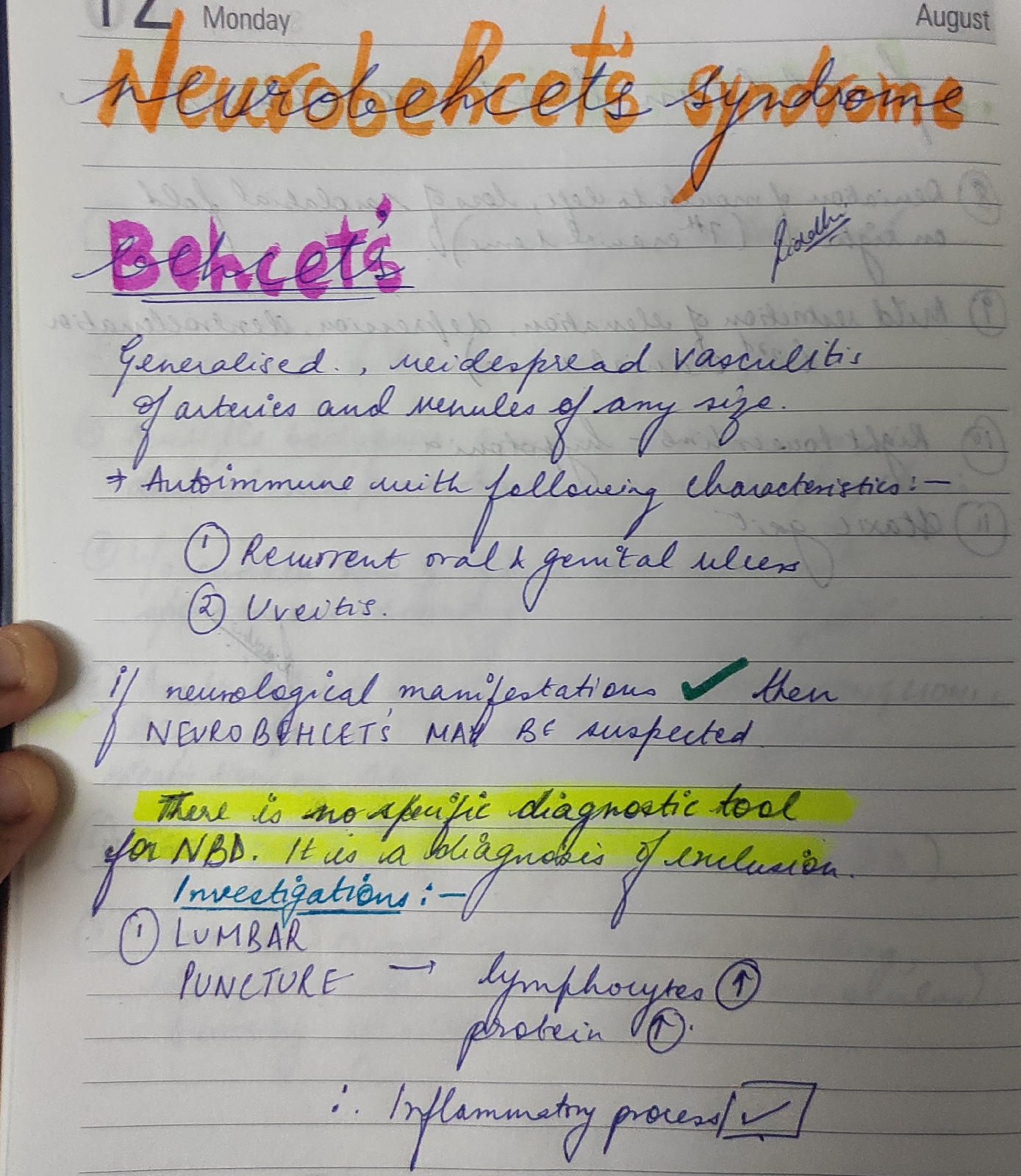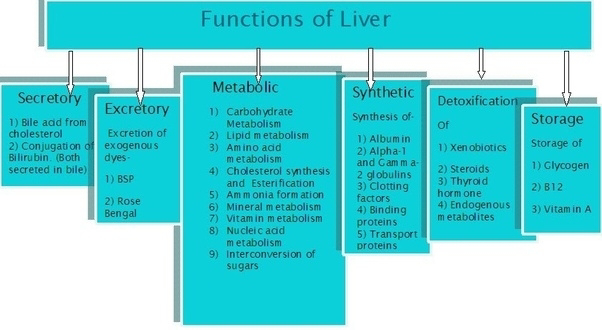GENERAL MEDICINE Monthly assignment for January 2022
- Riddhi Bhalla (111) 4th semester
For link to questions for the assignment click here
The theme for this assignment is "Scholarship of integration in medical education and research" in keeping with this theme I have tried to include my knowledge from multiple streams into the following answers. Being a 4th semester student I found my understanding to be limited in many cases so I have provided links for further reading incase you would like to do so. Any criticism is much appreciated to better myself and my understanding.
Question 1] Peer review
The reason I chose this case was that it is very rarely seen clinically and has many diagnostic uncertainties, it was great seeing how complex it was to arrive to the diagnosis.
History is very elaborate and covers every single aspect of the patient's life. Case sheet is novel and complete.
All diagnostic pictures are clear.
Timeline of events is very well elaborated
Treatment of choice is well justified.
There are adequate clinical pictures and videos making the case even more easy to comprehend and ve used as learning material.
Question 2] Problems, treatment and investigations
Answer 2] The following is a list of patient problems, investigations and treatment offered.
Question 3] Treatment and efficacy
Answer 3] Algorithm to treat NBD
First-line drug include corticosteroids, azathioprine, methotrexate, and cyclophosphamide.
Second-line drugs are tumor necrosis factor (TNF) alpha blocking drugs, interferon-alpha, chlorambucil, and mycophenolate mofenil.
Experimental drugs include other "targeted therapies" than anti-TNF antibodies, tolerization therapy and stem cell transplantation.
Cerebral venous sinus thrombosis associated with Behcet's disease should be treated by short-term corticosteroids and anticoagulation with or without immunosuppressive drugs.
Newer therapy options
2. Adalimumab in pediatric NBD has shown significant relief in patients.
3.The case of a 47 year old Moroccan man:
A 47 year old male patient, born in
Morocco, living in Israel, was diagnosed 14
years earlier with severe, progressive polyar-
thritis of hands, feet, and knees. Radiography
showed articular bone erosions; rheumatoid
factor was positive, with a high erythrocyte
sedimentation rate and C reactive protein. In
parallel, the patient reported recurrent buccal
and genital ulcers two to three times a month
with papulopustular skin lesions on the feet.
HLA-B5 (51) was positive. There was no eye
involvement. A diagnosis of Behçet’s disease
associated with erosive, seropositive RA was
suggested. The patient was treated with sulfa-
salazine and colchicine without improve-
ment; steroid treatment with auranofin was
added. The disease was poorly controlled, with
progressive erosions in hands, knees, and feet.
Later, pulse steroids, methotrexate, azathio-
prine, and cyclosporin were added serially,
either singly or in combination.
In subsequent years he became dependent
on steroids and never achieved complete
remission. In December 2000 the patient was
admitted to hospital with severe active polyar-
thritis, flexion contractures of the elbows, and
an especially swollen left knee with Baker’s
cyst and severe erosive disease. The patient
additionally had buccal and penile ulcers.
Because of the lack of response to conven-
tional treatment we decided to treat him with
infliximab (Remicade; Schering), a chimeric
IgG monoclonal antibody directed against
TNF. He received 300 mg intravenously (3
mg/kg) at intervals of two weeks, six weeks,
and then every eight weeks. Two weeks after
the first infusion the ulcers of mouth, penis,
and other skin lesions were already consider-
ably smaller and later disappeared. The
polyarthritis improved considerably, except
for the left knee, which required total replace-
ment. Infliximab was given with continued
colchicine and azathioprine. Our case, as in
Goossens’ report, suggests that infliximab
may have a beneficial therapeutic effect in
mucoserosal and cutaneous lesions as well as
synovitis in Behçet’s disease, in our case in
association with RA.
Controlled studies will be needed to assess
adequately the full effect of TNF antagonists
in Behçet’s disease.
This case has been quoted directly from this article which I found to be most useful in understanding treatment modalities of NBD
Question 4] Recent Elog Or case report
Answer 4] The following cases have been taken up by me recently
Question 5] Reflecting on the past month's experience
Answer 5] The past month I had the chance to take up cases mainly around the field of neurology. One case of spastic dysarthria and the other one was of cavernous hemangioma.
The spastic dysarthria case was in the ICU and will be a distinct case in my memory for a couple of reasons.
Now would be a good time to mention that I usually have a hard time connecting emotionally to my patients sometimes due to my language barrier.
Like any other day Or patient I expected my interaction to be strictly about the case and rely on my telugu speaking counterparts for a deep dive into the patients personal history.
What surprised me was that the patient and her daughter (the attender) were extremely patient with me and genuinely wanted to answer all my questions seeked answers for some of their own questions. I stayed in contact with the family in person on 3 to 4 consecutive days and once on call too. Each day she would ask me the same question about when she would regain her speech completely and everyday I would say soon and give her amole reassurance.
When she was finally shifted out if the ICU into the general ward we had our final interaction where out of nowhere the patient started crying, this was perhaps due to a feeling of anxiety or hopelessness upon seeing so many budding doctors discuss her case while holding up terribly medical looking MRIs and CT scans (patient was from a rural area and understandably her lack of knowledge about these things added to her troubles)
This was the first time since starting postings in the hospital since September of 2021 that a patient actively seeked comfort in me in the time of distress.
It was a very new experience and perhaps my most memorable one till date where I experienced what most caregivers talk about all the time and that is disappointing patient outcomes in diseases with poor prognosis and what our role is in such situations.
It made me truly want to find newer better treatment modalities and it was maybe the first time I fully understood why certain healthcare professionals are so enthusiastic about Research.
Hopefully we learn how to deal with such situations better and come up with novel therapeutic strategies.





Comments
Post a Comment